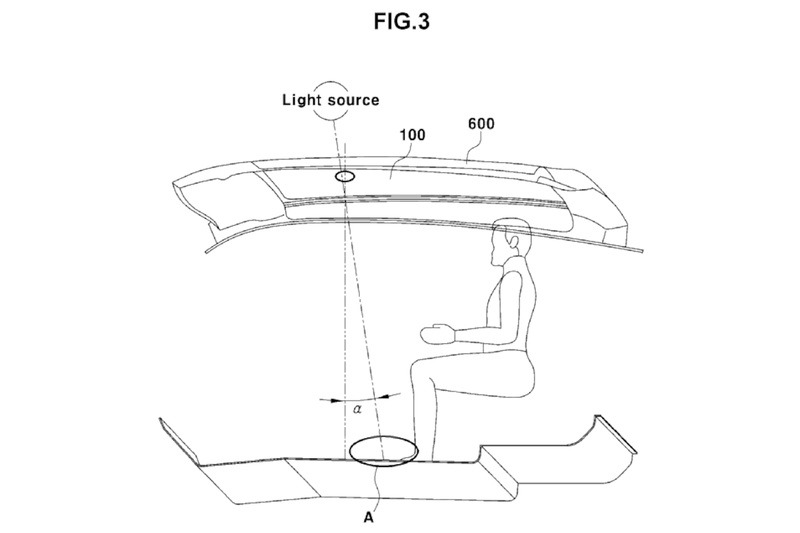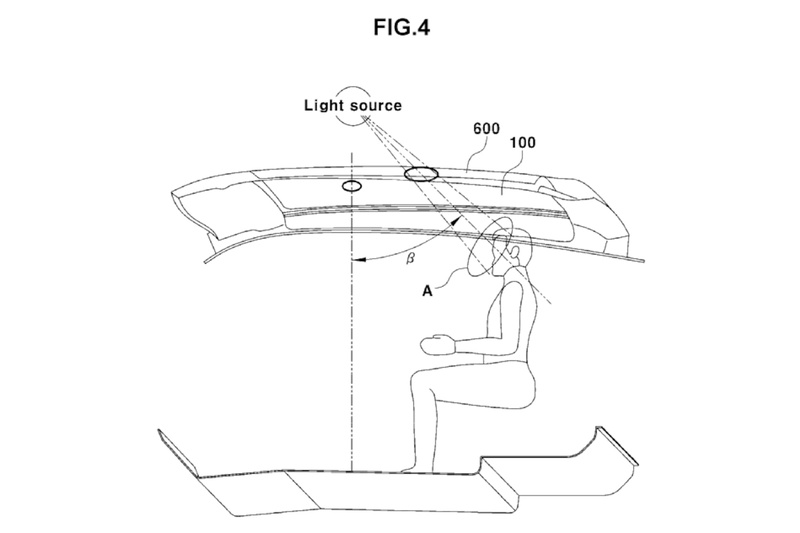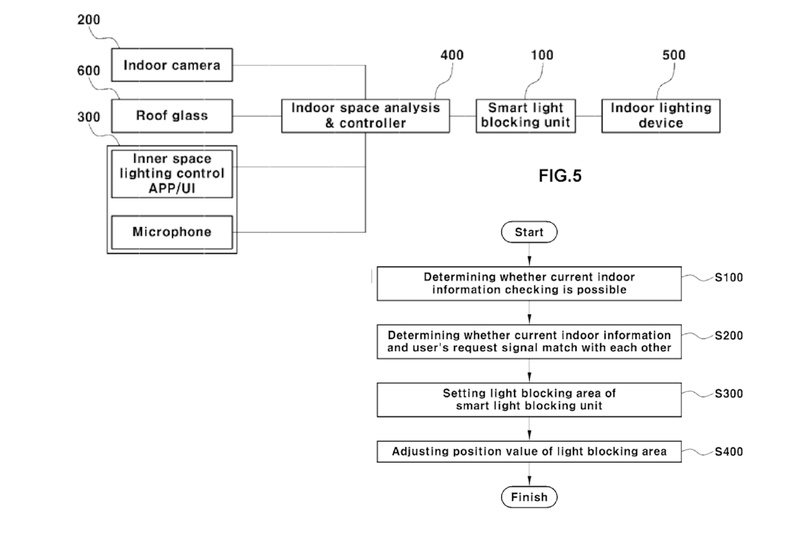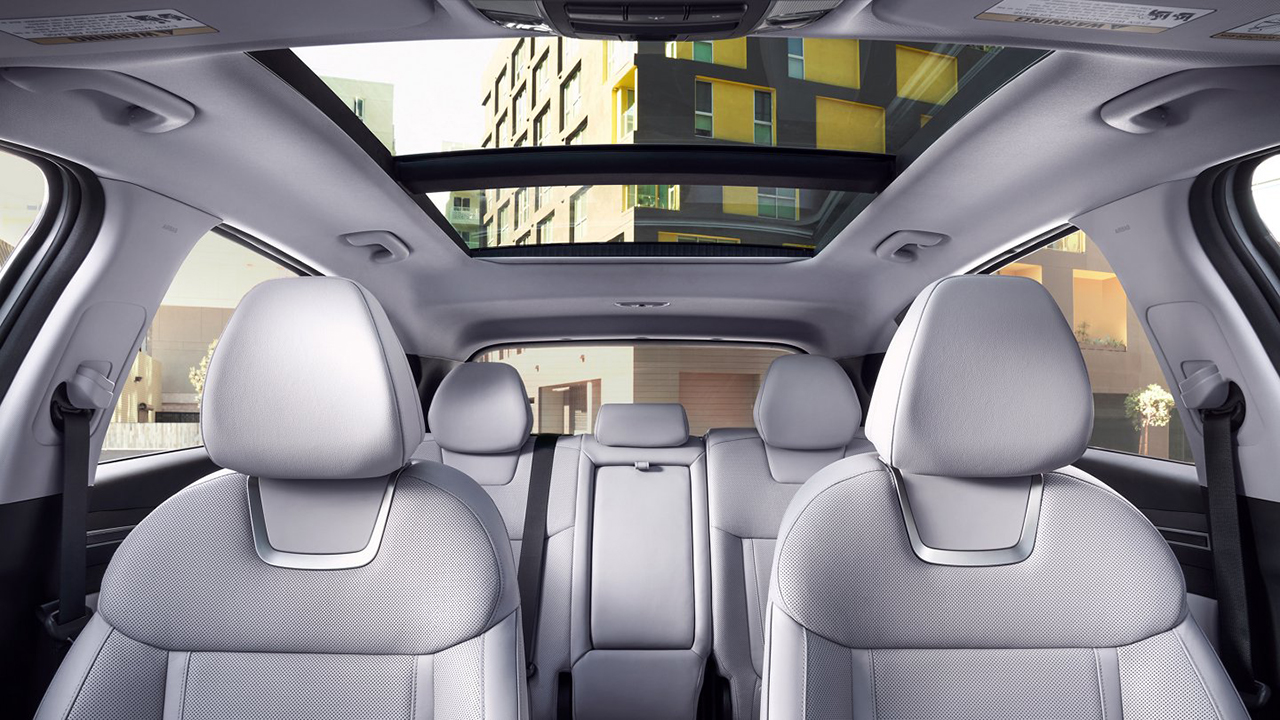To achieve the sunroof's shading capabilities, the system relies on an interior camera and light intensity sensors situated throughout the cabin to collect data. The camera detects the occupants' position and movement, while the light intensity sensors measure the available light in different areas of the cabin. Additionally, the system employs roof-mounted sensors outside the vehicle to gauge the incoming natural light's intensity and orientation concerning the car.
The driver's role in the process involves requesting a specific level of ambient light within the car. During daylight hours, natural light is the primary source of light in the vehicle, with the driver setting the desired level of illumination. However, if the natural light levels fall below the desired amount, the system can supplement it with interior-mounted lighting units controlled by the same logic.
In situations where the available natural light exceeds the desired brightness level, the "smart blocking units" will darken automatically to adjust the ambient light within the cabin. Conversely, if the outdoor environment becomes cloudy, the darkening will lighten up to maintain a constant light intensity inside the vehicle's interior.
The control unit has several control algorithms that determine the priority of the light source. When natural light is the primary contributor, the controller activates the cutting-edge light-blocking units in the sunroof's glass, which can either darken or lighten up. This process regulates the overall light level that enters the car and adjusts the interior light's brightness accordingly.




In addition to regulating the overall light level, the control unit can also determine the lighting around the passengers and darken specific areas in the roof to keep them cool and comfortable in the shade. Collaborating with the roof-mounted light sensor and the interior camera, the system can also move the shaded areas over the vehicle occupants to ensure they're not exposed to direct sunlight, regardless of the car's travel direction.
The technology's key component is the electrochromic glass inlays present in the sunroof panel that can alter their opacity and/or color when an electric voltage is applied. While this technology is not new, its application in this system is unique. The sunroof's shading capabilities enable drivers to enjoy natural ambient light during their commute, even on dull days, without experiencing physical discomfort due to direct solar radiation while driving.
This innovation could soon become a reality, as it primarily relies on existing technology, making it feasible for integration into production models of Kia or Hyundai vehicles in the future. Therefore, there is no significant barrier to implementing this feature on a commercial scale.
Source: Carbuzz

